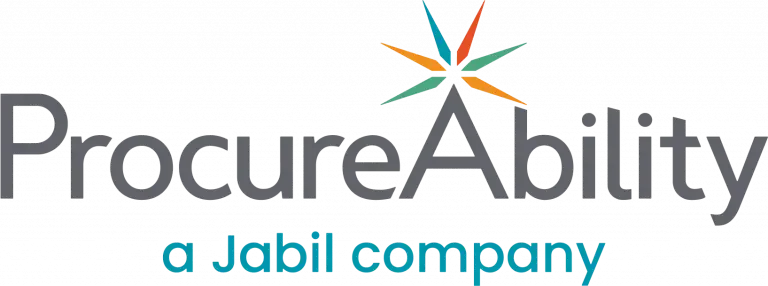
Transaction costs are a critical yet often overlooked factor in procurement. These costs go beyond the unit price of a product or service and encompass the expenses associated with the entire process of buying and selling. When not managed strategically, transaction costs can slow down procurement cycles, delay vendor selection, and increase the total cost of ownership (TCO). As procurement continues to evolve, understanding the sources of transaction costs (and how to mitigate them) is key to improving efficiency, reducing risk, and unlocking greater value.
What Are Transaction Costs in Procurement?
In the context of procurement, transaction costs refer to the operational and administrative expenses involved in sourcing and purchasing goods or services. These costs are layered on top of the price paid to suppliers and may include:
- Legal and compliance fees
- Communication and coordination expenses
- Labor required for procurement activities
- Costs associated with pricing evaluation, negotiation, and supplier oversight
These costs impact every phase of the procurement lifecycle, from market research and supplier onboarding to contract management and performance monitoring. Procurement teams face three primary types of transaction costs: search and information costs, bargaining costs, and policing and enforcement costs.
1. Search and Information Costs
These are the costs incurred when identifying available suppliers, comparing product specifications, analyzing price competitiveness, and understanding the long-term service implications of a purchase.
Digital tools have significantly reduced information costs. Online marketplaces, supplier directories, and peer review platforms have made product research and supplier discovery faster and more accurate. However, some modern technologies also introduce new challenges. In SaaS procurement, for example, switching vendors may result in unexpected costs due to data migration, system integration, or business intelligence loss. These switching costs can offset the initial savings gained through subscription-based software models. Procurement leaders must carefully weigh the long-term implications of such models during supplier evaluation to ensure they’re making cost-effective, data-smart decisions.
2. Bargaining Costs
These costs arise from the time and effort it takes to negotiate pricing, agree on service levels, and draft and finalize contracts. While traditionally this involved significant manual effort and back-and-forth communication, procurement technology has streamlined much of the process.
Virtual collaboration tools, electronic signature platforms, and cloud-based contract management systems have accelerated negotiation cycles and reduced administrative overhead. Additionally, AI-enabled contract analytics can flag risks, highlight deviations from standard terms, and support more informed and efficient decision-making. Still, because bargaining is often a human-driven process, it remains one of the more stable transaction costs. The real opportunity lies in improving contract lifecycle visibility and accelerating time to agreement through automation.
3. Policing and Enforcement Costs
Once a contract is in place, procurement teams must ensure compliance, both internally and from the supplier. These are the policing and enforcement costs that include monitoring contract adherence, resolving disputes, and tracking supplier performance.
Advanced procurement software now plays a critical role in reducing these costs. Integrated procure-to-pay (P2P) and source-to-pay (S2P) platforms help organizations lock in pricing, enforce supplier terms, and flag non-compliant activity. Automated workflows ensure goods receipt, invoice matching, and approvals are handled consistently and efficiently. Smart contracts and blockchain technology also enhance transparency by making it possible to trace every transaction in a secure, tamper-proof ledger. This allows procurement to validate ethical sourcing, monitor spend compliance, and minimize maverick purchasing, further reducing leakage and improving cost control.
Reducing Transaction Costs Through Strategic Procurement
Procurement organizations can significantly reduce transaction costs by adopting digital tools, automating core processes, and applying strategic sourcing practices. This includes using e-procurement platforms for supplier discovery and competitive bidding, deploying contract management tools to streamline negotiations and ensure compliance, and optimizing procure-to-pay workflows to reduce cycle times and improve visibility. Collaborating more closely with suppliers also helps minimize administrative burden and improve alignment. In parallel, global strategies like nearshoring and regional supplier partnerships further cut lead times and coordination costs. By reducing these hidden expenses, procurement teams free up capacity to focus on higher-value initiatives such as supplier innovation, risk mitigation, and sustainability, ultimately building a more agile, efficient, and value-driven procurement function.



